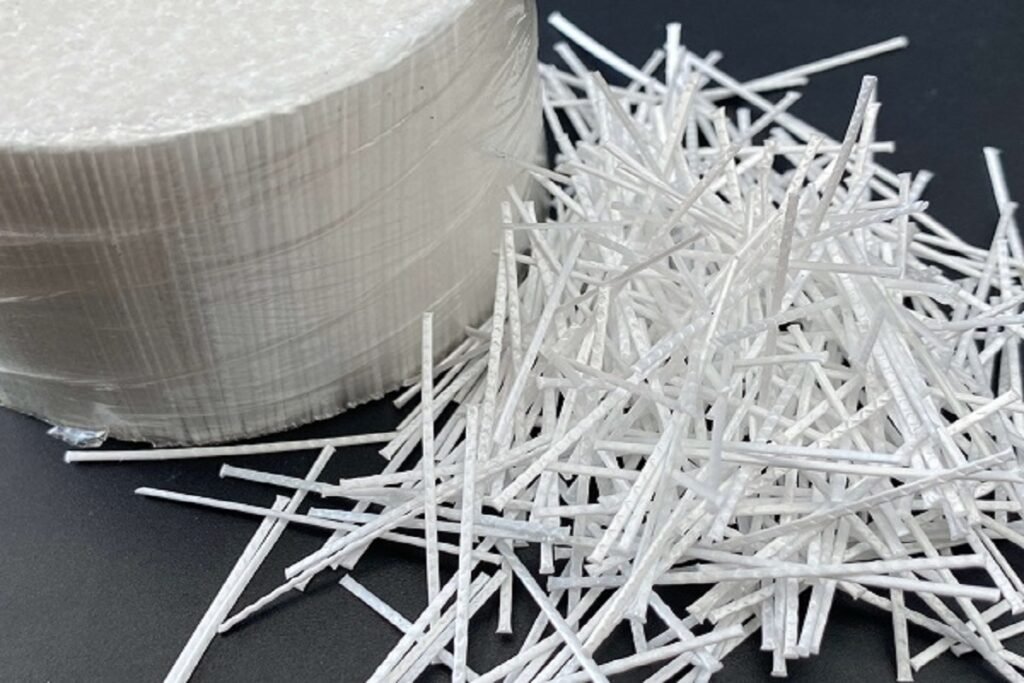Introduction
As a crucial material in modern construction and infrastructure, the performance of concrete directly impacts the quality and safety of engineering projects. With advancements in technology, fiber-reinforced concrete (FRC) has garnered increasing attention. This article will delve into a comparative analysis of plain concrete and fiber-reinforced concrete, focusing on the material properties of polypropylene macro fibers, application cases, experimental data, economic benefits, and future developments.
Comparison of Plain Concrete and Fiber-Reinforced Concrete
Plain concrete refers to traditional concrete without any reinforcing materials. Its main advantage is high compressive strength, but it exhibits weaknesses in tensile strength and crack resistance. In contrast, fiber-reinforced concrete incorporates fibers to significantly enhance tensile strength, crack resistance, and toughness. This improvement makes FRC particularly suitable for use in structures like bridges, tunnels, and high-strength pavements.
Material Performance Analysis
Properties of Polypropylene Macro Fibers
Polypropylene macro fibers are commonly used reinforcing materials known for their excellent physical and chemical properties. Their lightweight nature, corrosion resistance, and good dispersion contribute to superior performance in concrete. The inclusion of polypropylene fibers effectively mitigates the formation of plastic shrinkage cracks and enhances the toughness of the concrete. Studies indicate that incorporating an appropriate amount of polypropylene fibers can increase the tensile strength of concrete by over 20%, significantly improving its crack resistance.
Application Cases
In practical engineering, the application of fiber-reinforced concrete is becoming more widespread. For example, in a new bridge project in a certain city, polypropylene macro fiber-reinforced concrete was used, demonstrating superior load-bearing capacity and durability compared to traditional concrete. Additionally, in tunnel construction, FRC effectively resists crack propagation, enhancing the overall safety of the structure. Another case involves high-strength pavements, where the use of FRC significantly reduced maintenance frequency and repair costs.
Experimental Data
Through comparative experiments, researchers quantified the performance of plain concrete and fiber-reinforced concrete. Results indicated that the compressive strength of plain concrete was approximately 45 MPa, while the compressive strength of concrete with added polypropylene fibers reached 50 MPa. Tensile strength improved from 3 MPa to 6 MPa, with a notable reduction in crack width. These data clearly illustrate the advantages of polypropylene macro fibers in enhancing concrete performance.
Economic Benefit Analysis
From an economic perspective, while the initial cost of fiber-reinforced concrete is slightly higher, its long-term benefits are evident. The durability of FRC reduces the frequency of maintenance and repairs, thereby lowering lifecycle costs. Furthermore, due to its superior performance, FRC can be utilized in more complex engineering projects, ultimately improving overall economic efficiency.
Future Development Outlook
As the construction industry continues to demand higher material performance, the application prospects for fiber-reinforced concrete are vast. With the development of new fiber materials and improvements in production processes, the performance of FRC is expected to further enhance, leading to broader applications in taller buildings, large infrastructure projects, and challenging environments. Additionally, the trend towards environmentally friendly materials will promote the sustainable development of FRC.
Conclusion
As an innovative material, fiber-reinforced concrete is gradually replacing traditional plain concrete due to its superior performance and economic benefits. Through in-depth analysis of various aspects, it is evident that FRC holds significant potential for future applications in construction. Continued attention to advancements in materials science is recommended to uncover more application possibilities in future research.






